Bo Deadly
Well-known member
I just bought a bunch of 2SK170 on Ebay. To hedge my position I purchased from 4 different vendors. Then I measured them to see if they were legit and what sort of Idss and Vp they are. Here are the results:
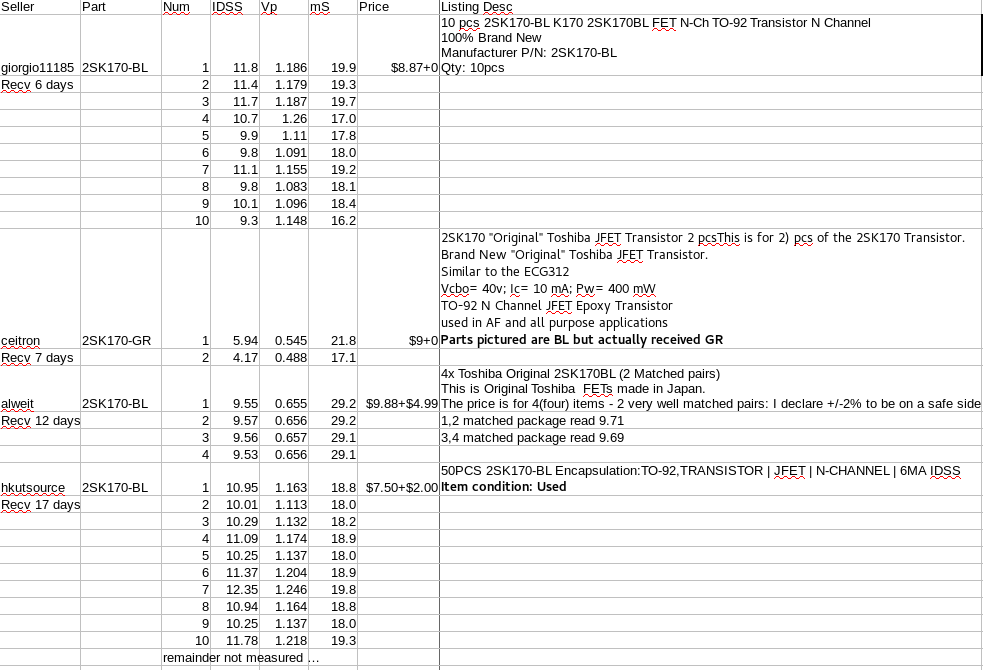
So they all look pretty legit near as I can tell. Just not much variety. Note that the hkutsource parts were NOT cut leads as suggested by the "used" condition.
UPDATE:
I created a simple test circuit to try to evaluate the authenticity, noise and performance of these different batches of "2SK170". It makes ~40dB more or less depending on the transistor but I did adjust the input level so that the output was ~-2.0dBV on the QA400 so that the plots could be compared for distortion and such. I can post the cirucit go into the method details if necessary but here are the spectra. If you open these images in separate tabs you can switch between them such that the differences are clearer:
ceitron (GR part):
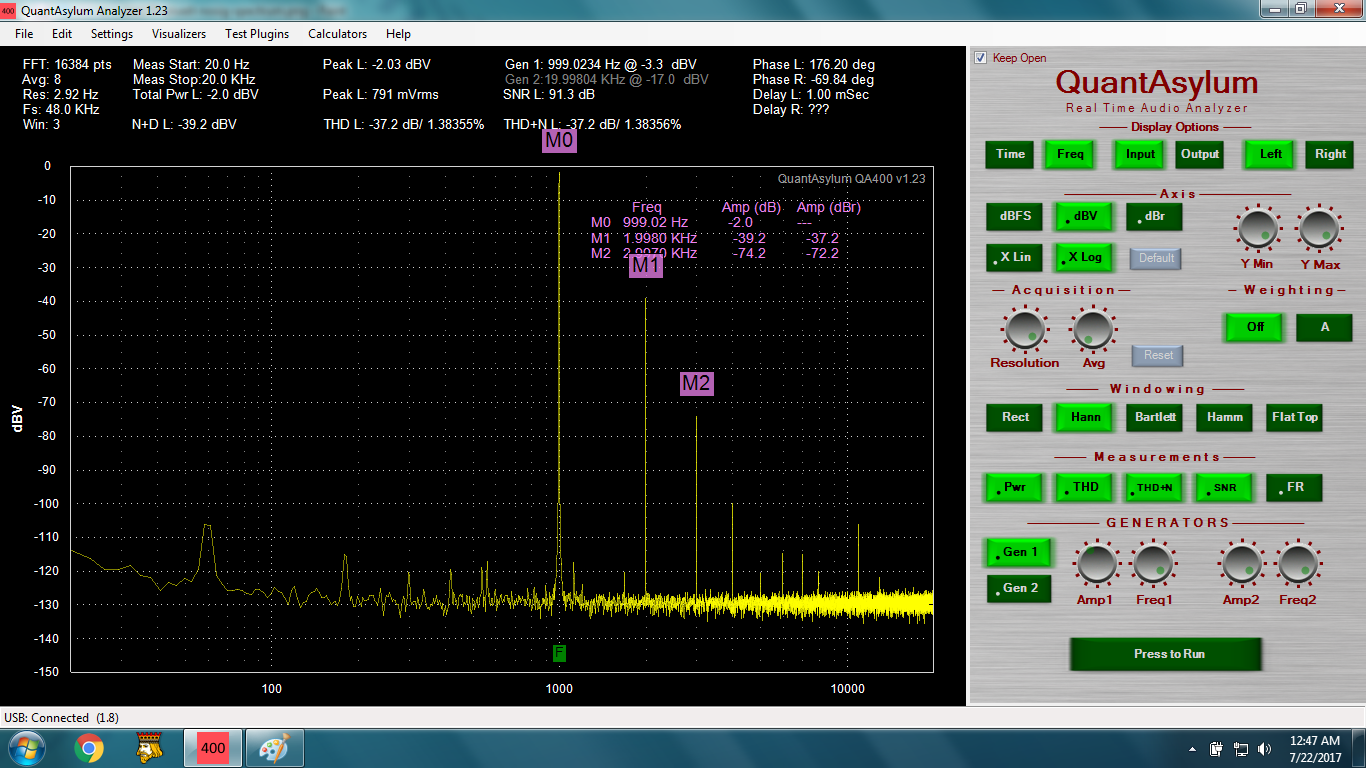
alweit:
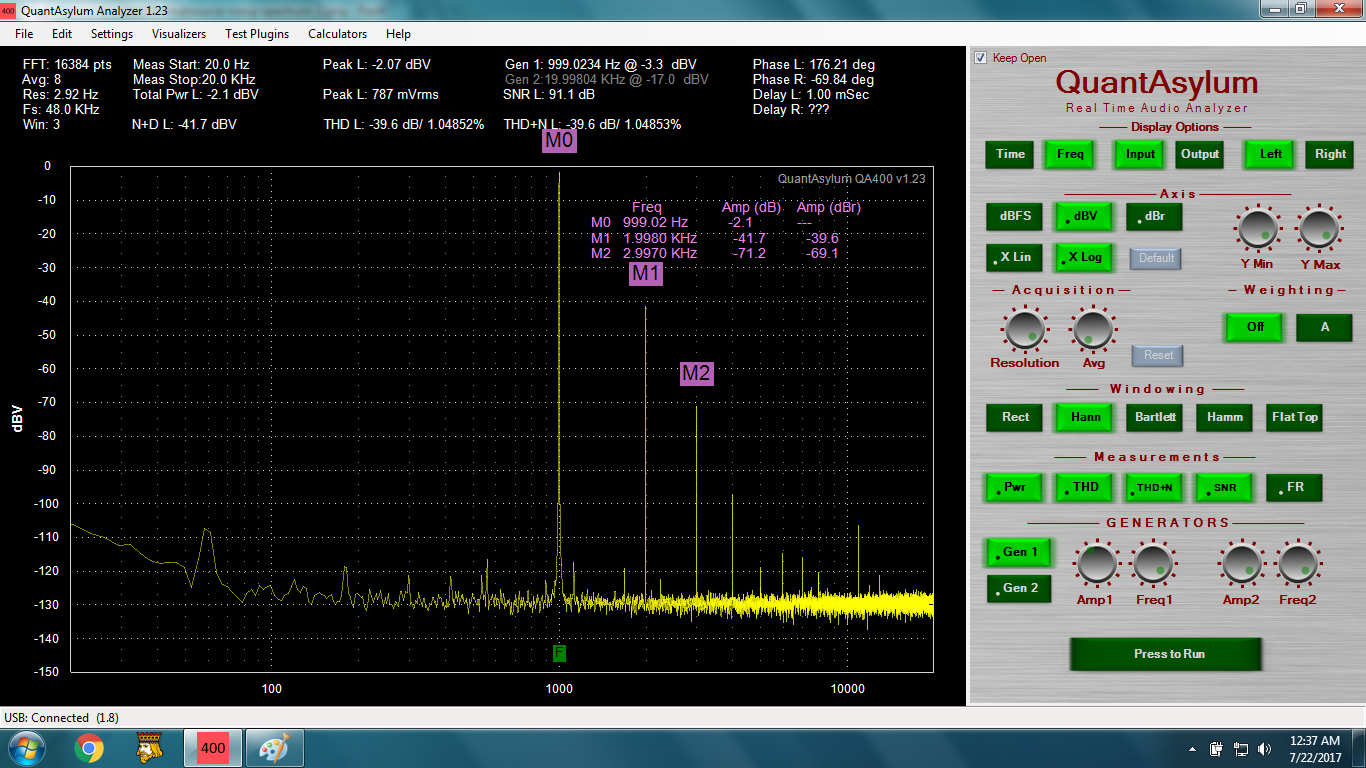
giorgio11185:
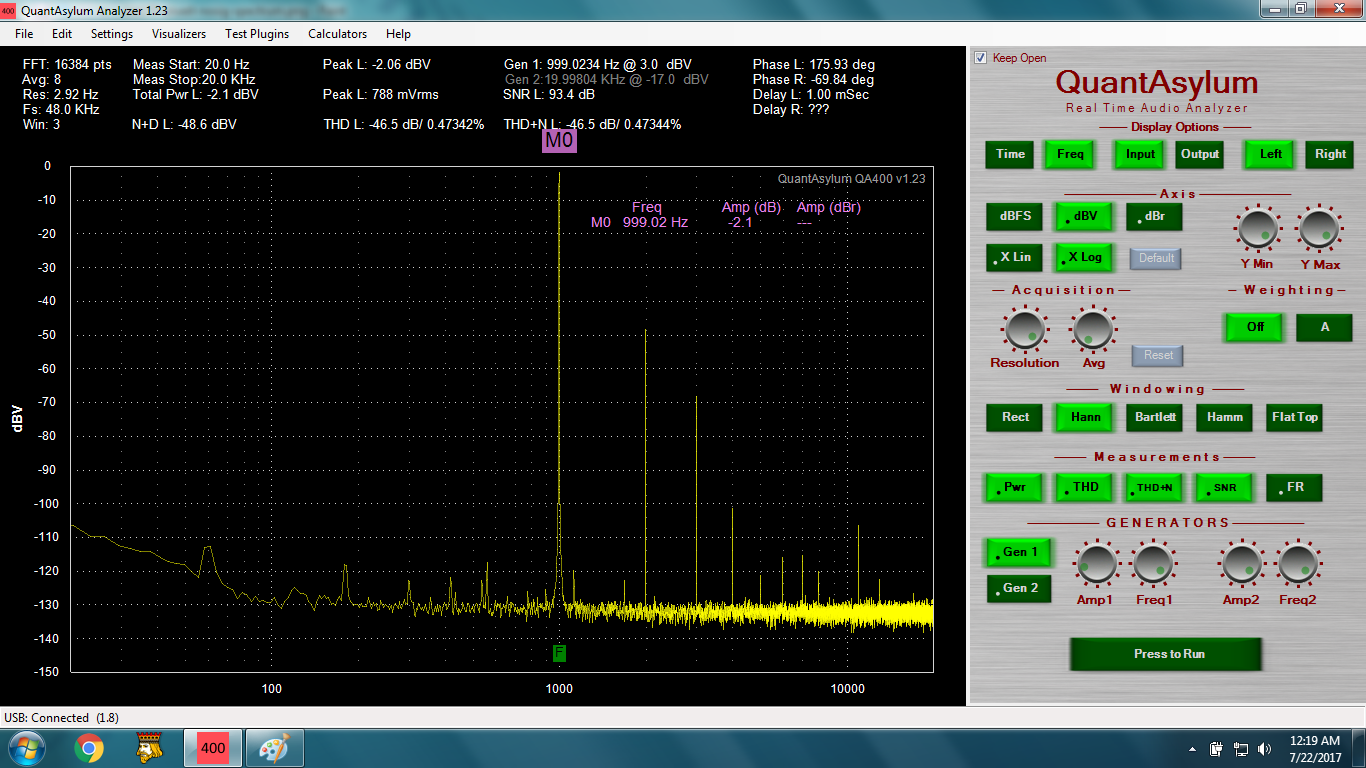
hkutsource 1:
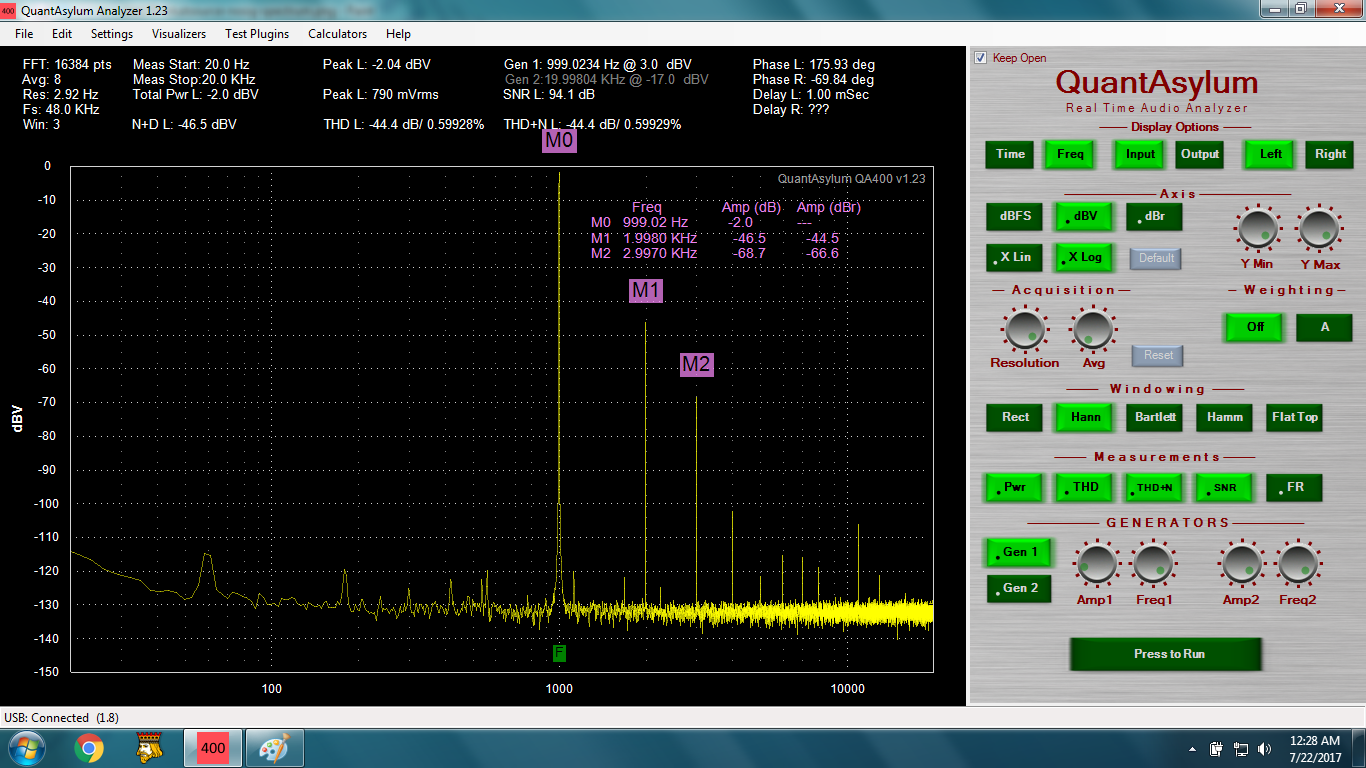
hkutsource 2:
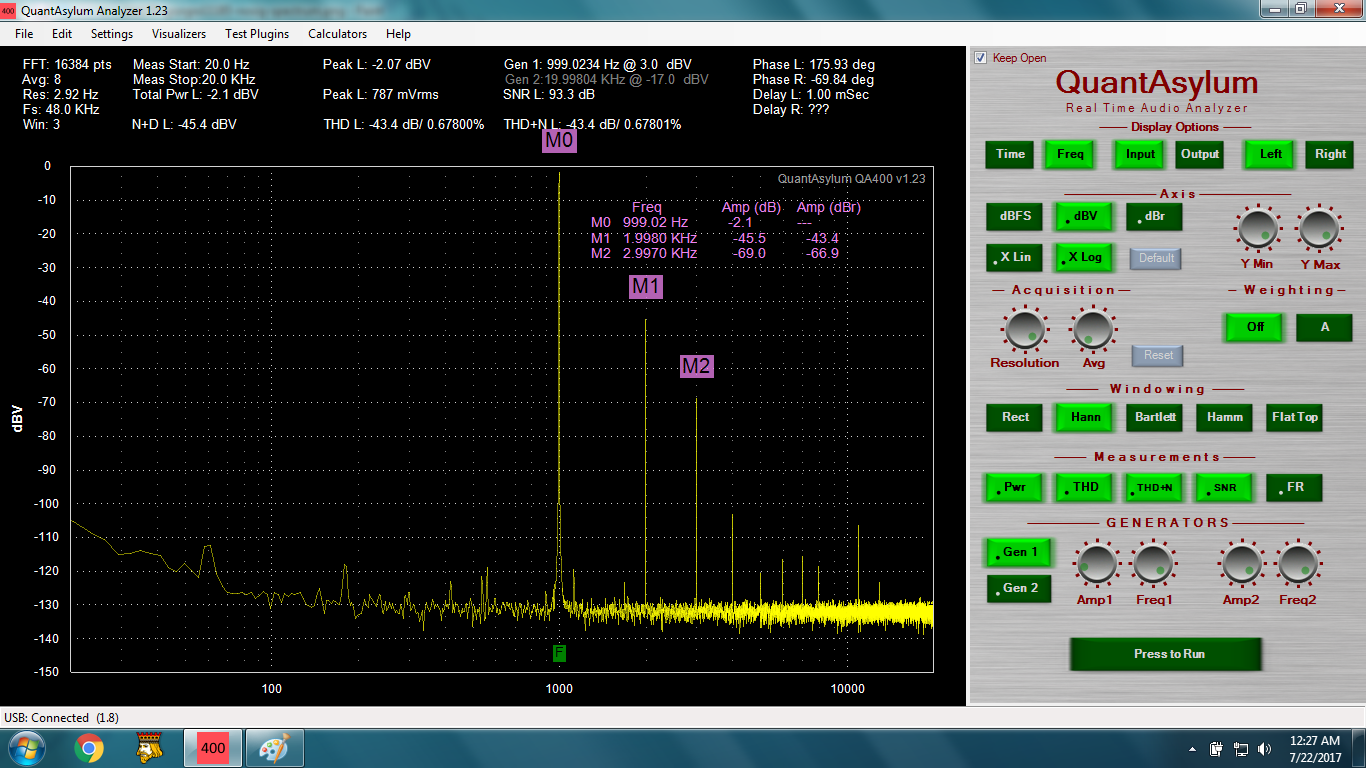
I did two of the hkutsource transistors since that's the one that's the 50 for $9.50 deal (giorgio11185 are the same as hkutsource and even have the same '3F' code on the transistor).
I have no idea if any conclusions can be made about noise. After doing this it's not obvious to me how to go about measuring noise of a JFET.
Note that you can see what the differences in gain are by taking the difference of the Gen 1 values. For example, alweit is -3.3 and hkutsource is 3.0 (meaning I had to reduce input for alweit to match level of hkutsource) which is a difference of 6.3dB. Meaning alweit is 6.3dB higher output so even though hkutsource noise floor looks to be ~2dB lower the SNR at ~1kHz (if that makes sense) is 4.3dB better with alweit and ceitron parts.

So they all look pretty legit near as I can tell. Just not much variety. Note that the hkutsource parts were NOT cut leads as suggested by the "used" condition.
UPDATE:
I created a simple test circuit to try to evaluate the authenticity, noise and performance of these different batches of "2SK170". It makes ~40dB more or less depending on the transistor but I did adjust the input level so that the output was ~-2.0dBV on the QA400 so that the plots could be compared for distortion and such. I can post the cirucit go into the method details if necessary but here are the spectra. If you open these images in separate tabs you can switch between them such that the differences are clearer:
ceitron (GR part):

alweit:

giorgio11185:

hkutsource 1:

hkutsource 2:

I did two of the hkutsource transistors since that's the one that's the 50 for $9.50 deal (giorgio11185 are the same as hkutsource and even have the same '3F' code on the transistor).
I have no idea if any conclusions can be made about noise. After doing this it's not obvious to me how to go about measuring noise of a JFET.
Note that you can see what the differences in gain are by taking the difference of the Gen 1 values. For example, alweit is -3.3 and hkutsource is 3.0 (meaning I had to reduce input for alweit to match level of hkutsource) which is a difference of 6.3dB. Meaning alweit is 6.3dB higher output so even though hkutsource noise floor looks to be ~2dB lower the SNR at ~1kHz (if that makes sense) is 4.3dB better with alweit and ceitron parts.


